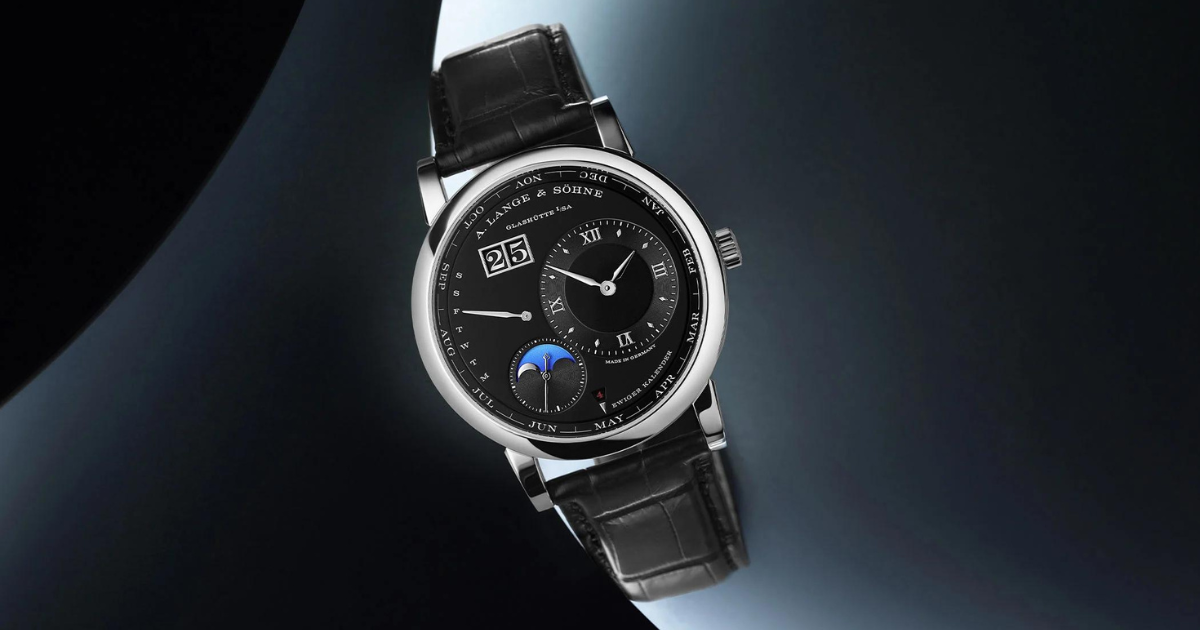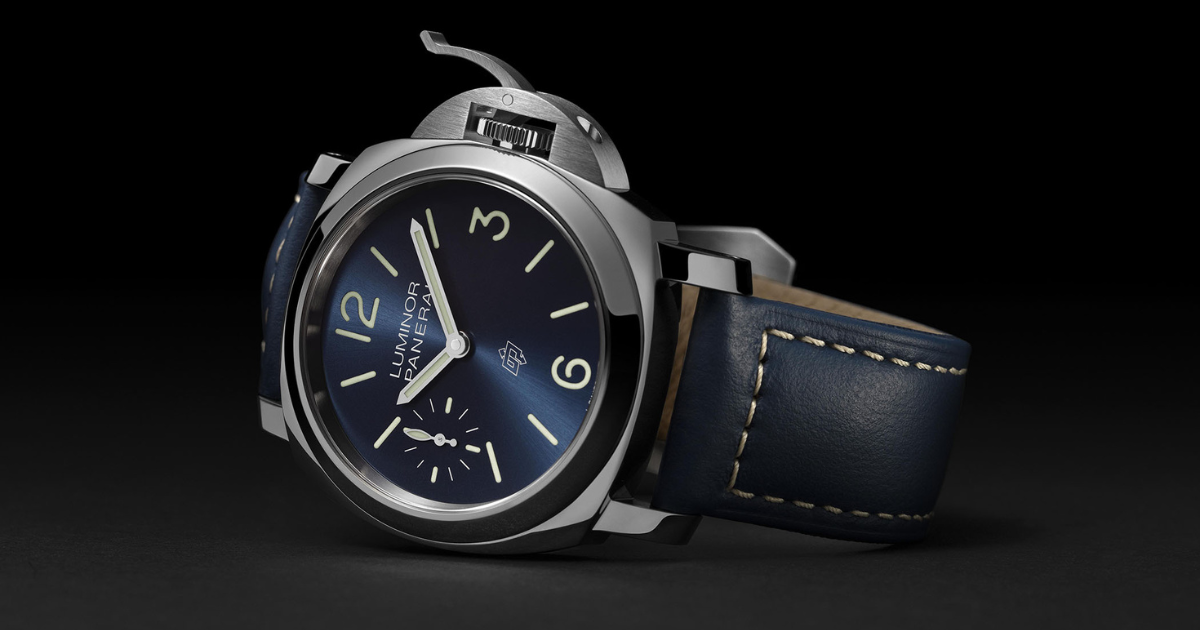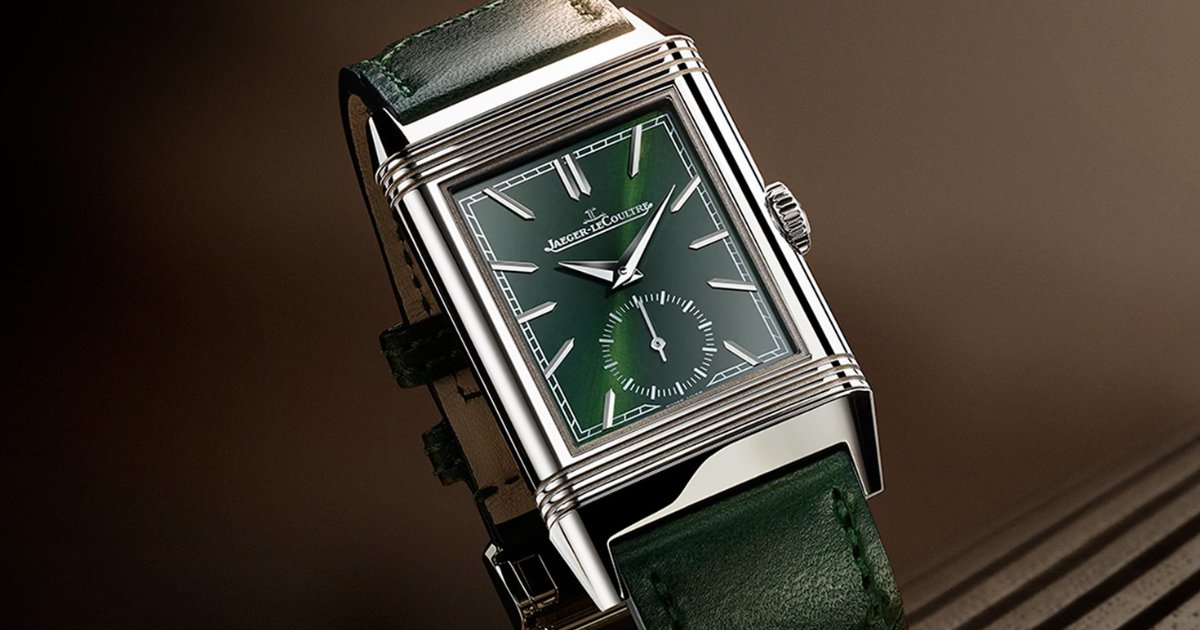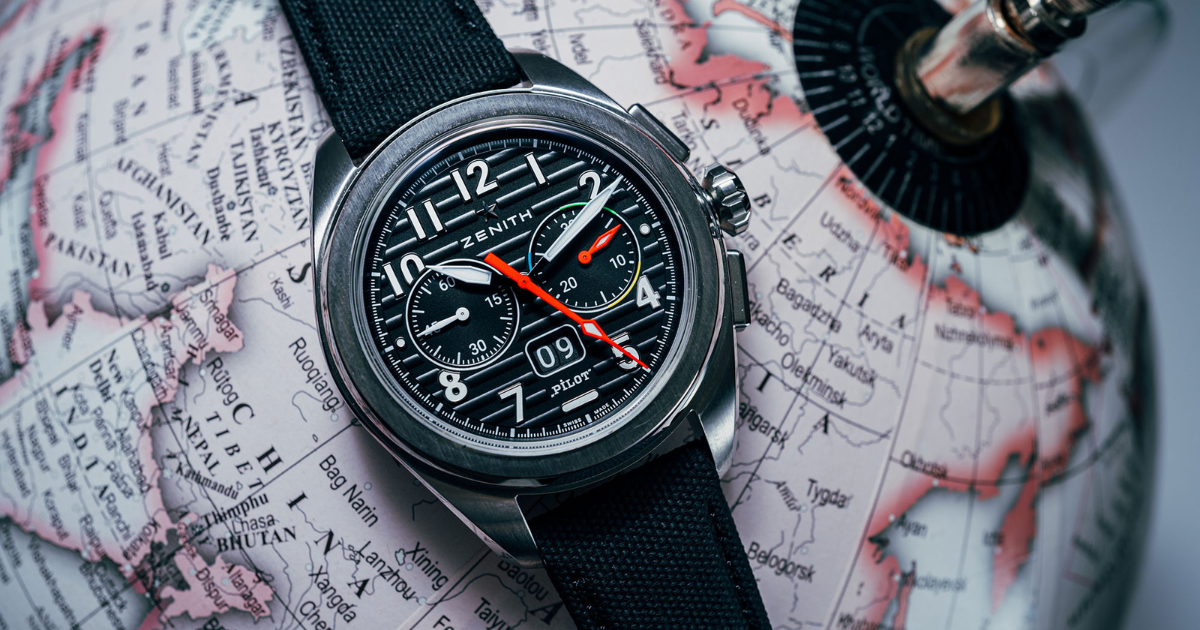In the realm of luxury timepieces, few collections command the respect and admiration of enthusiasts and collectors like the IWC Mark Collection. Renowned for its combination of precise engineering, elegant design, and storied history, the IWC Mark series represents the pinnacle of watchmaking excellence. This blog post will delve into the history, evolution, and distinguishing features of the IWC Mark Collection, highlighting why these timepieces are so revered in the world of horology.
The Origins of the IWC Mark Collection
The IWC Mark Collection has its roots in the mid-20th century, specifically with the introduction of the Mark XI in 1948. This watch was commissioned by the British Royal Air Force (RAF) to meet the stringent requirements of military pilots. The Mark XI was designed to be a reliable and highly accurate timepiece, capable of withstanding the rigors of aviation. Its success established the foundation for what would become one of IWC’s most iconic collections.
The Mark XI
The Mark XI was a groundbreaking timepiece for its era. It featured a robust, anti-magnetic iron inner case to protect the movement from the magnetic fields encountered during flight. Its movement, the IWC Caliber 89, was renowned for its precision and reliability. The watch also boasted a simple, legible dial with luminous markers and hands, ensuring visibility in low-light conditions. The Mark XI was not just a tool for pilots but also a symbol of IWC’s commitment to precision and durability.
Evolution of the IWC Mark Collection
Over the decades, the Mark Collection has evolved, with each new model building on the legacy of the Mark XI while incorporating modern advancements in watchmaking technology and design. Let’s explore some of the key models that have shaped the IWC Mark Collection.
The Mark XII
In 1993, IWC introduced the Mark XII, the successor to the Mark XI. While retaining the classic aesthetic of its predecessor, the Mark XII featured significant updates. It housed an automatic movement, the IWC Caliber 884, based on the Jaeger-LeCoultre Caliber 889. This upgrade brought a higher level of convenience and accuracy to the watch. The Mark XII also introduced a date function, enhancing its practicality for everyday wear.
The Mark XV and Mark XVI
Continuing the legacy, the Mark XV was introduced in 1999. This model further refined the design, featuring a slightly larger case size and an updated movement, the IWC Caliber 37524. The Mark XV maintained the collection’s signature legibility and robustness while incorporating modern styling elements. Its successor, the Mark XVI, released in 2006, continued this trend with minor design tweaks and improvements in movement reliability.
The Mark XVII
In 2012, IWC unveiled the Mark XVII, a model that brought more substantial changes to the collection. The Mark XVII featured a larger 41mm case, reflecting contemporary trends towards bigger watches. It also introduced a distinctive date window designed to resemble an aircraft altimeter, further cementing its aviation heritage. The IWC Caliber 30110 movement powered the Mark XVII, ensuring accuracy and reliability.
The Mark XVIII
The Mark XVIII, introduced in 2016, marked a return to the collection’s roots. With a 40mm case size, it struck a balance between modern preferences and classic proportions. The dial design was simplified, removing the altimeter-style date window of the Mark XVII in favor of a more traditional date display. The Mark XVIII is powered by the IWC Caliber 35111, a reliable automatic movement. This model exemplifies the timeless appeal of the Mark Collection, blending heritage with contemporary design.
Distinguishing Features of the IWC Mark Collection
The IWC Mark Collection is distinguished by several key features that have remained consistent throughout its evolution, contributing to its enduring popularity among watch enthusiasts.
1. Legibility and Simplicity
One of the hallmarks of the Mark Collection is its emphasis on legibility and simplicity. The dials are typically clean and uncluttered, with large Arabic numerals and luminous markers for optimal readability in all lighting conditions. This design philosophy ensures that the watches are not only functional but also elegant and timeless.
2. Precision and Reliability
From the inception of the Mark XI, precision and reliability have been paramount to the collection. The movements used in Mark watches are meticulously crafted and tested to meet the highest standards of accuracy. Whether it’s the manual Caliber 89 in the Mark XI or the automatic Caliber 35111 in the Mark XVIII, each movement is a testament to IWC’s commitment to horological excellence.
3. Robustness and Durability
Designed originally for military pilots, the Mark Collection watches are built to withstand demanding conditions. Features like anti-magnetic cases, shock resistance, and water resistance ensure that these timepieces can endure the challenges of everyday wear as well as more extreme environments. The use of high-quality materials, such as stainless steel and sapphire crystal, further enhances their durability.
4. Aviation Heritage
The aviation heritage of the Mark Collection is a central theme that runs through its design and functionality. Elements like the pilot’s triangle at 12 o’clock, the clear, legible dials, and the historical connection to the RAF underscore this legacy. The Mark Collection pays homage to its roots while evolving to meet modern standards and tastes.
5. Elegant Design
While functionality is a core aspect of the Mark Collection, IWC has always balanced this with elegant design. The watches are not just tools but also sophisticated accessories that complement a variety of styles. The refined aesthetics, coupled with the practical features, make the Mark Collection suitable for both casual and formal occasions.
The IWC Mark Collection Today
Today, the IWC Mark Collection continues to be a cornerstone of the brand’s offerings. The Mark XVIII, in particular, has garnered acclaim for its blend of classic design and modern functionality. Collectors and enthusiasts appreciate the Mark XVIII for its nod to the collection’s heritage while embracing contemporary watchmaking standards.
Limited Editions and Special Releases
In addition to the standard models, IWC has also released several limited editions and special versions of the Mark watches. These editions often feature unique design elements, materials, or commemorative engravings, making them highly sought after by collectors. Examples include the “Le Petit Prince” editions, which honor the famous literary work by Antoine de Saint-Exupéry and feature distinctive blue dials and special case back engravings.
Collectibility and Value
The IWC Mark Collection holds significant value in the world of watch collecting. Vintage models, especially the Mark XI, are highly prized for their historical significance and rarity. Modern iterations, like the Mark XVIII, are also considered valuable for their craftsmanship and design. The enduring popularity and timeless appeal of the Mark Collection ensure that these watches remain a sound investment for collectors.
Conclusion
The IWC Mark Collection stands as a testament to the brand’s dedication to precision, durability, and elegant design. From its origins as a military pilot’s watch to its current status as a coveted timepiece for collectors and enthusiasts, the Mark Collection embodies the essence of IWC’s watchmaking philosophy. Its evolution over the decades reflects a perfect balance between honoring tradition and embracing innovation.
Whether you are a seasoned watch collector or a newcomer to the world of luxury timepieces, the IWC Mark Collection offers a rich history, exceptional craftsmanship, and timeless style that is sure to captivate and inspire. As IWC continues to innovate and expand its offerings, the Mark Collection remains a shining example of what makes this brand a leader in the world of horology.





















